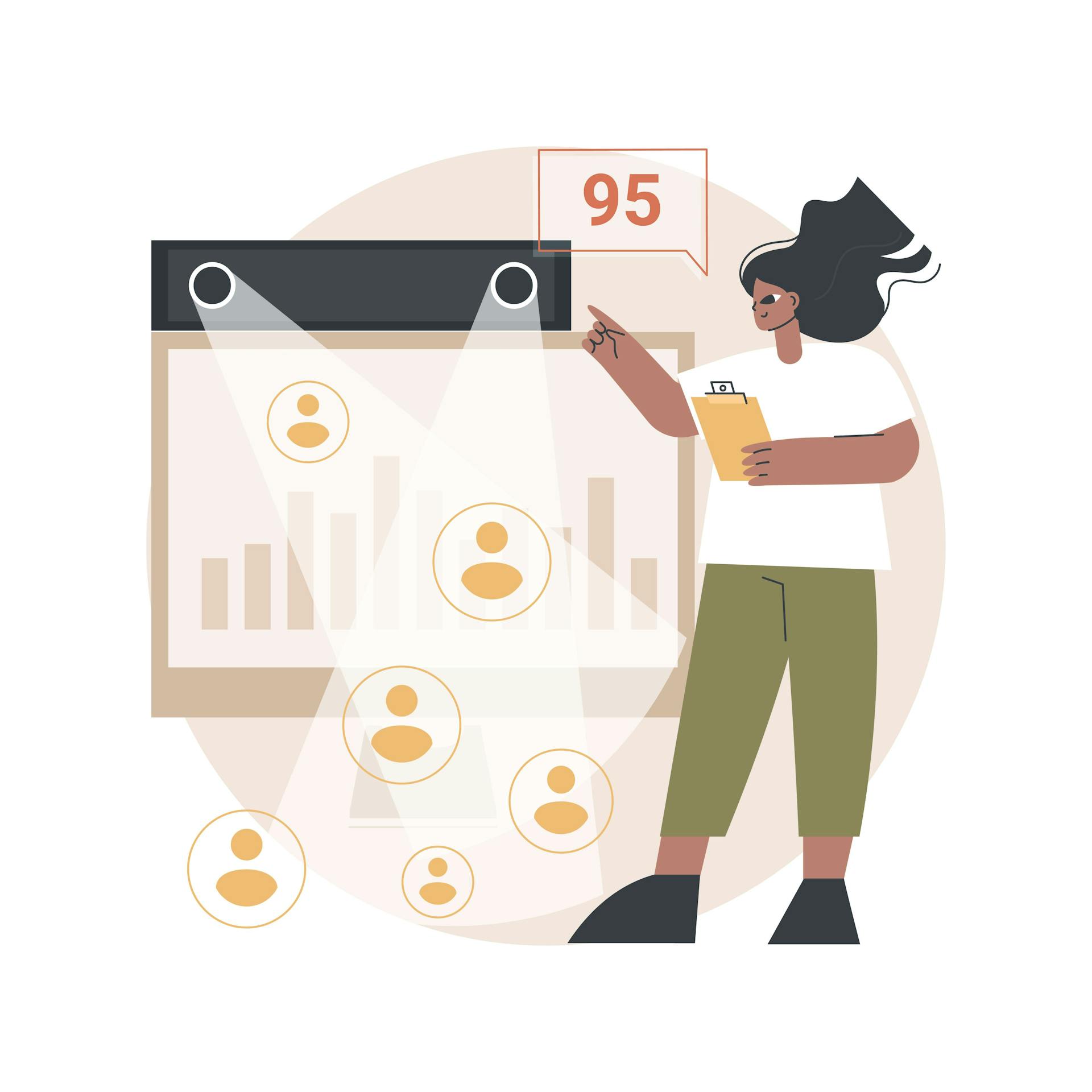Predictive HR Analytics: A Beginner’s Guide
Published on February 3rd, 2023
Breaking Down Predictive HR Analytics
Predictive HR analytics is the use of data and machine learning techniques to predict and proactively address HR-related issues such as employee turnover, job performance, and training needs.
The goal of predictive HR analytics is to improve the overall effectiveness of HR practices and provide actionable insights to HR professionals. This is achieved by analyzing data from various sources such as employee surveys, performance evaluations, and demographic information, and applying algorithms to identify patterns and trends.
Predictive HR analytics can help organizations make informed decisions, allocate resources more effectively, and improve the employee experience.
What’s in it for the HR Professionals?
Let's first discuss what predictive analytics for HR is and how it may be applied before moving on to other topics.
- With the use of a potent tool predictive analytics for HR, human resources specialists have become key decision-makers in defining the course of an organization's growth.
- Predictive HR analytics software can be employed to make hiring decisions, lower attrition rates, increase hiring precision, and boost employee engagement.
- By identifying areas where employees are having difficulty or may have greater potential for improvement, a predictive HR analytics software helps businesses in recognizing performance gaps before they grow into more serious issues. The identification of possible training initiatives or other necessary actions can then be made using this information. It also offers information on which employees are more likely to succeed in their careers and which employees could be better suited for different professions.
- As a means of reducing attrition rates by identifying the factors that contribute to high turnover, predictive HR analytics software is a valuable tool for companies. Organizations can learn how to keep their best employees by identifying patterns in data on employee turnover and taking preventative measures.
- HR departments may forecast employee attrition rates throughout their enterprises with the use of predictive analytics tools, keep track of the success of compensation and benefit plans, identify people with high potential for growth within an organization, and more.
Benefits of Predictive HR Analytics
1. It is a Cost Cutting Tactic
The predictive HR analytics can save your company’s neck by retaining top-notch performers who are likely to leave. It also prevents loss of billable hours due to absenteeism or unscheduled offs. It is also a plus for cutting recruitment costs by streamlining the entire process and also increases the offer acceptance rate.
2. Data-driven HR Decision Making
The use of predictive analytics reduces the impact of prejudice and subjective judgments on critical HR processes like hiring and performance reviews. The senior management can anticipate how different factors would affect the important business outcomes and can adopt a fair stance. It encourages HR professionals to adopt a strategic mindset centered on results.
3. Detailed Workforce Planning
In a report by Gartner, 60% of the recruiting heads revealed that thay have difficulty acquiring talent to support a change in strategy.
Predictive HR analytics here assists in recruting and training the right resources by foreseeing the future skill demands of your organization. It also helps in succession planning by predicting the most suitable replacements for management roles.
4. It Eliminiates the Problem of Turnover
With the HR metrics your disposal, you can analyze data from the perspectives of different regions and functions. Data from options such as role changes, commute times, engagement levels, performance issues, and many more can be filtered using a predictive model. With the use of data, HR departments may prevent layoffs, reduce resignations, and manage hasty or desperate hiring.
5. You can Redesign your Retention Strategies
Employers benefit from predictive analysis since it provides information on the types of employees who are most likely to leave their jobs in the upcoming years. The HR teams have the power to reevaluate and revamp employee retention strategies and approaches in order to keep the satisfied employees satisfied and maximize retention with better engagement models.
Real-Life Examples of Predictive HR Analytics
1. How Predictive HR Analytics Was Used by Credit Suisse to Lower Employee Turnover
The leader in investment banking, Credit Suisse, used predictive analytics to track employee churn and identify the causes of employees' reluctance to stay. Line managers received this information in an anonymous manner to assist them in lowering turnover risk factors and improving talent retention.
Based on these observations, Credit Suisse also trained specific managers on how to keep high-performing workers who were likely to quit. As a result of this program, the bank was able to save an estimated $70,000,000 annually on hiring and onboarding expenses.
2. How the Search Engine Giant Google Predicted Future Outcomes
The world's largest search engine hires thousands of new employees each year, but just 30% of them stay for more than two years. Google loses millions of dollars annually as a result of not knowing which candidates would be successful until it is too late.
Google developed a predictive analytics tool called Google Prediction Engine to solve this issue. To decide if an applicant would succeed at Google, it examines their work history, education, abilities, and personality attributes.
The technology makes predictions about whether an applicant will become a great employee based on this data. Google then extends an employment offer to the applicant if the forecast is good. However, Google does not offer the person a job if the prediction is negative.
3. How HP predicted and prevented Employee Turnover
Hewlett Packard found that the rate at which employees were quitting the company was disturbing. The business initially believed that the issue was the result of subpar leadership or disgruntled employees. But after doing some study, HP found that neither of these things was the source of the suffering. Instead, HP's inability to foresee when employees would depart the organization was the problem.
HP created a predictive analytics tool named "Project Insight" to address this issue. Project Insight predicts future outcomes, such as identifying which employees will leave over the next six months, by combining statistical modeling and text mining techniques. Following this data analysis, HP sends emails to employees who are most likely to leave in order to warn them.
This program has helped HP significantly decrease employee turnover rates.
How Predictive Analytics Helped E.ON to Reduce Employee Absenteeism
This German energy company's absence rate had exceeded the norm, so the organization used predictive analytics to create 55 hypotheses to identify the cause, of which they tested 21 and validated 11. In order to enhance PTO rules, the company discussed with managers to discover that a lack of long holidays in a year boosted absenteeism.
The Future
The outcomes of using predictive people analytics can be astounding, as these earlier examples demonstrate. The human resources department may be able to save millions of dollars for the business. Additionally, by utilizing predictive analytics and the appropriate HR indicators, HR may assist managers and executives in reaching smarter judgments.
These business cases clearly show the potential of predictive HR analytics, proving that it is a trend that will not go away. They are the game-changer that enables HR to predict and maximize the impact of people policies on both the employees and the business in addition to evaluating how employees operate.
Authors

Radhika Sarraf
Radhika Sarraf is a content specialist and a woman of many passions who currently works at HireQuotient, a leading recruitment SaaS company. She is a versatile writer with experience in creating compelling articles, blogs, social media posts, and marketing collaterals.

Hire the best without stress
Ask us how
Never Miss The Updates
We cover all recruitment, talent analytics, L&D, DEI, pre-employment, candidate screening, and hiring tools. Join our force & subscribe now!
Stay On Top Of Everything In HR
